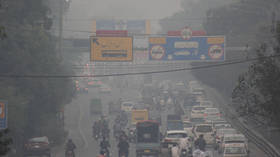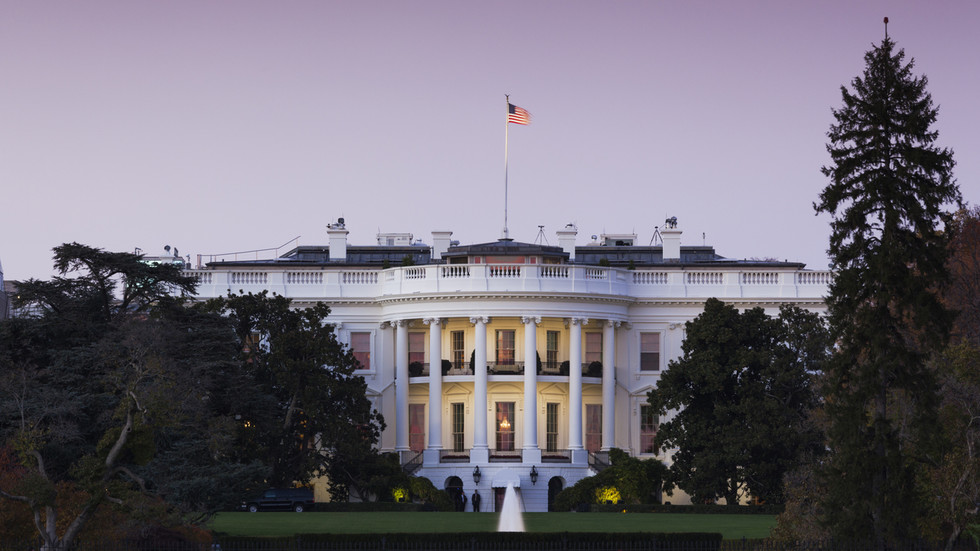Air quality in New Delhi has reached dangerous levels, leading to closures of primary schools and construction bans
The authorities in the Indian capital have closed primary schools, placed a ban on construction, and urged residents to refrain from burning coal for heating in an effort to tackle severe pollution.
Air quality across several parts of the New Delhi National Capital Region, the world’s most polluted capital, has been in the ‘severe’ category since Wednesday, with a thick layer of smog blanketing the city. This prompted the Commission for Air Quality Management (CAQM), the central pollution watchdog, to invoke restrictions from Friday until further notice.
The restrictions include a ban on non-essential construction and demolition activities, allowing only those related to national security, healthcare, and public infrastructure to continue under strict environmental controls.
Restrictions on the movement of certain vehicles have also been imposed, as people are urged to use public transportation instead. Delhi’s environment minister, Gopal Rai, announced strict measures to address the worsening air quality, including deploying an additional 106 cluster buses and increasing metro train trips.
Delhi Chief Minister Atishi Marlena announced that all primary schools would switch to online classes due to the pollution levels. The government is also encouraging greater use of public transportation and reducing reliance on coal and wood for heating.
The air quality in northern India has significantly declined over the past week, with toxic smog obscuring landmarks such as the Taj Mahal, located around 220km (136 miles) from the capital. New Delhi’s air quality index (AQI) reached a severe level of over 400, according to live rankings by the Swiss platform IQAir, making it the worst among global capitals. In some parts of New Delhi, AQI readings ranged between 800 and 1,100 on Friday.
Coming back to Delhi from Wayanad where the air is beautiful and the AQI is 35, was like entering a gas chamber. The blanket of smog is even more shocking when seen from the air.Delhi’s pollution gets worse every year. We really should put our heads together and find a solution… pic.twitter.com/dYMtjaVIGB
— Priyanka Gandhi Vadra (@priyankagandhi) November 14, 2024The capital city and the surrounding regions of northern India generally face heightened pollution levels during the cold season as cold air traps dust and emissions, exacerbated by stubble burning in nearby Punjab and Haryana. Reuters reported on Friday that the number of farm fires to clear fields in northern India has risen this week to almost 2,300 on Wednesday from 1,200 on Monday, according to the ministry’s website.
On Thursday, flight delays in Delhi were widespread, with 88% of departures and 54% of arrivals affected by the smog. Officials attributed the hazardous conditions to high pollution combined with humidity, stagnant winds, and dropping temperatures, leading to visibility issues at the international airport.
Hospitals have reported an uptick in respiratory issues among children, with pediatricians noting increased cases of allergies and asthma attacks.
This comes days after the authorities in Lahore, the capital of Pakistan’s Punjab province, were forced to close primary schools after air pollution rose to unprecedented levels. Pakistani officials at the time called for urgent action to address cross-border air pollution, citing dangerous levels of smog coming from northern India.

 6 days ago
7
6 days ago
7









